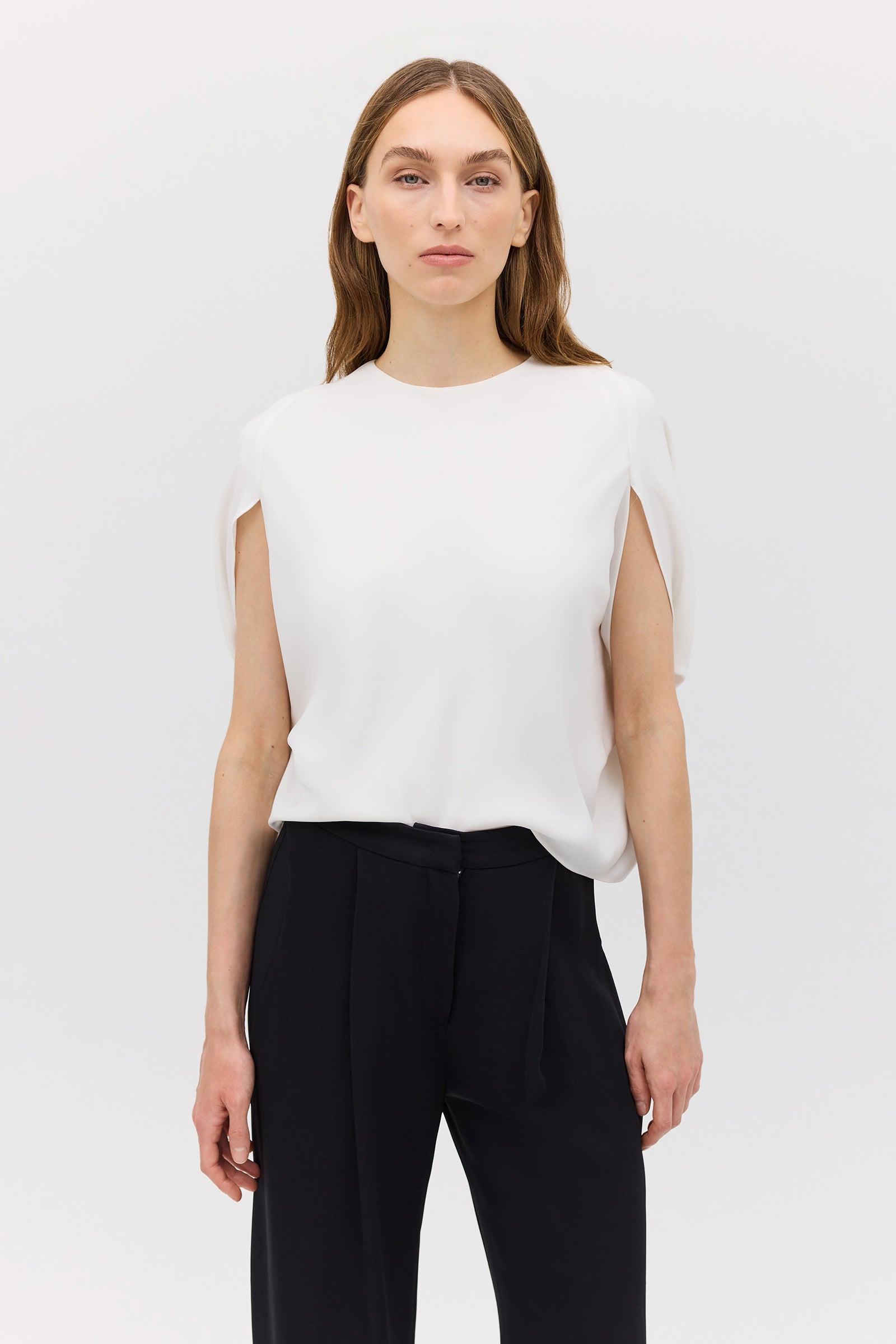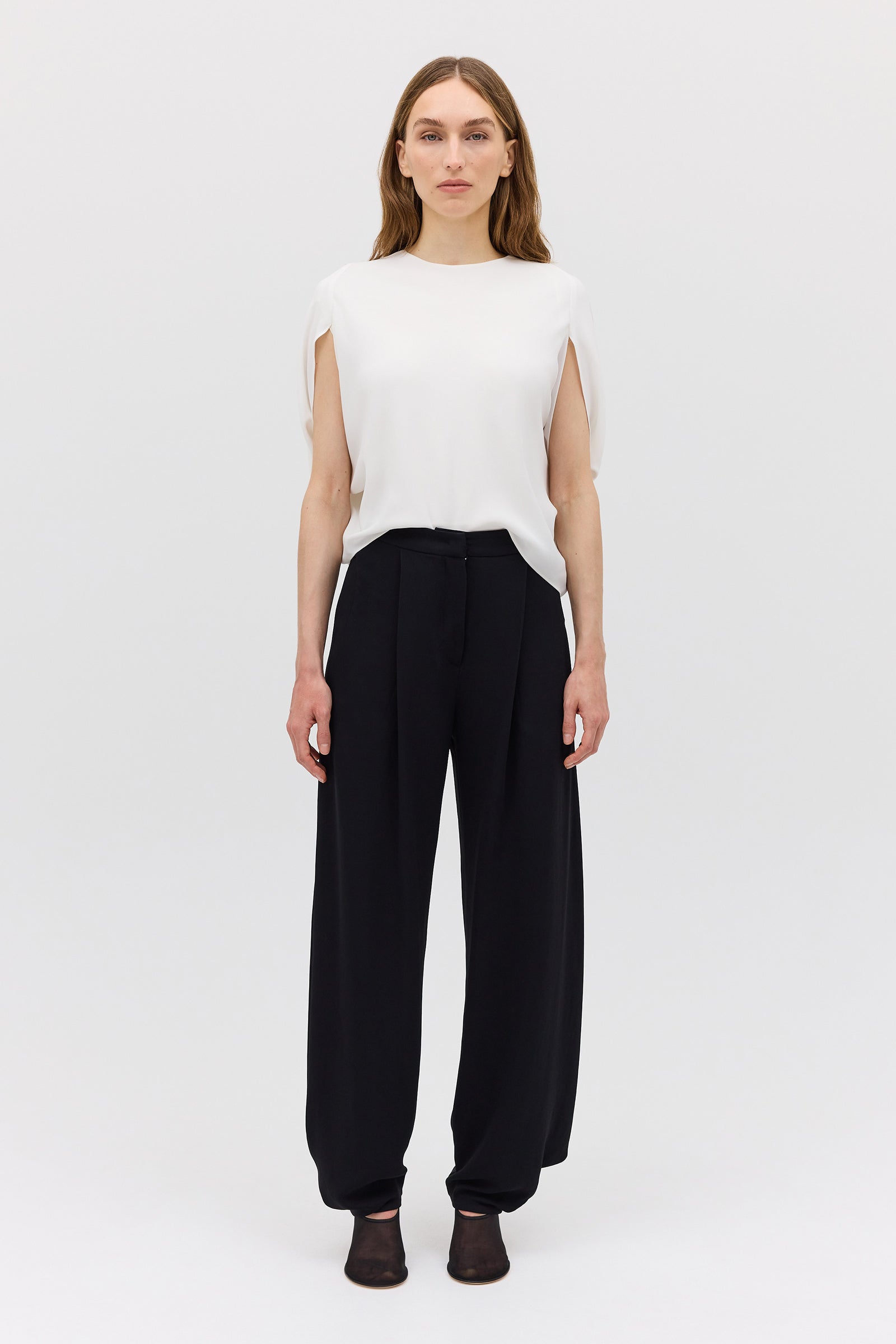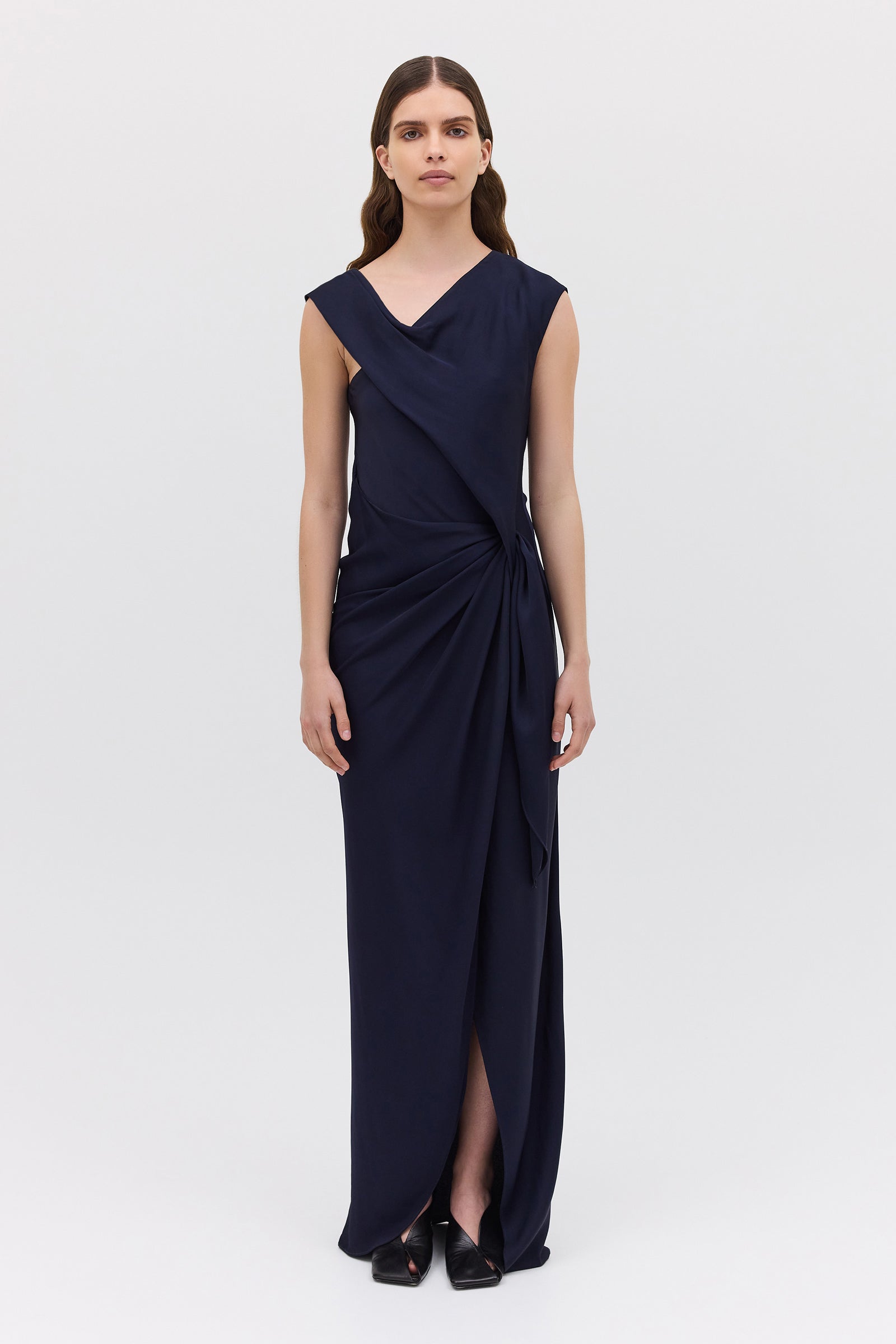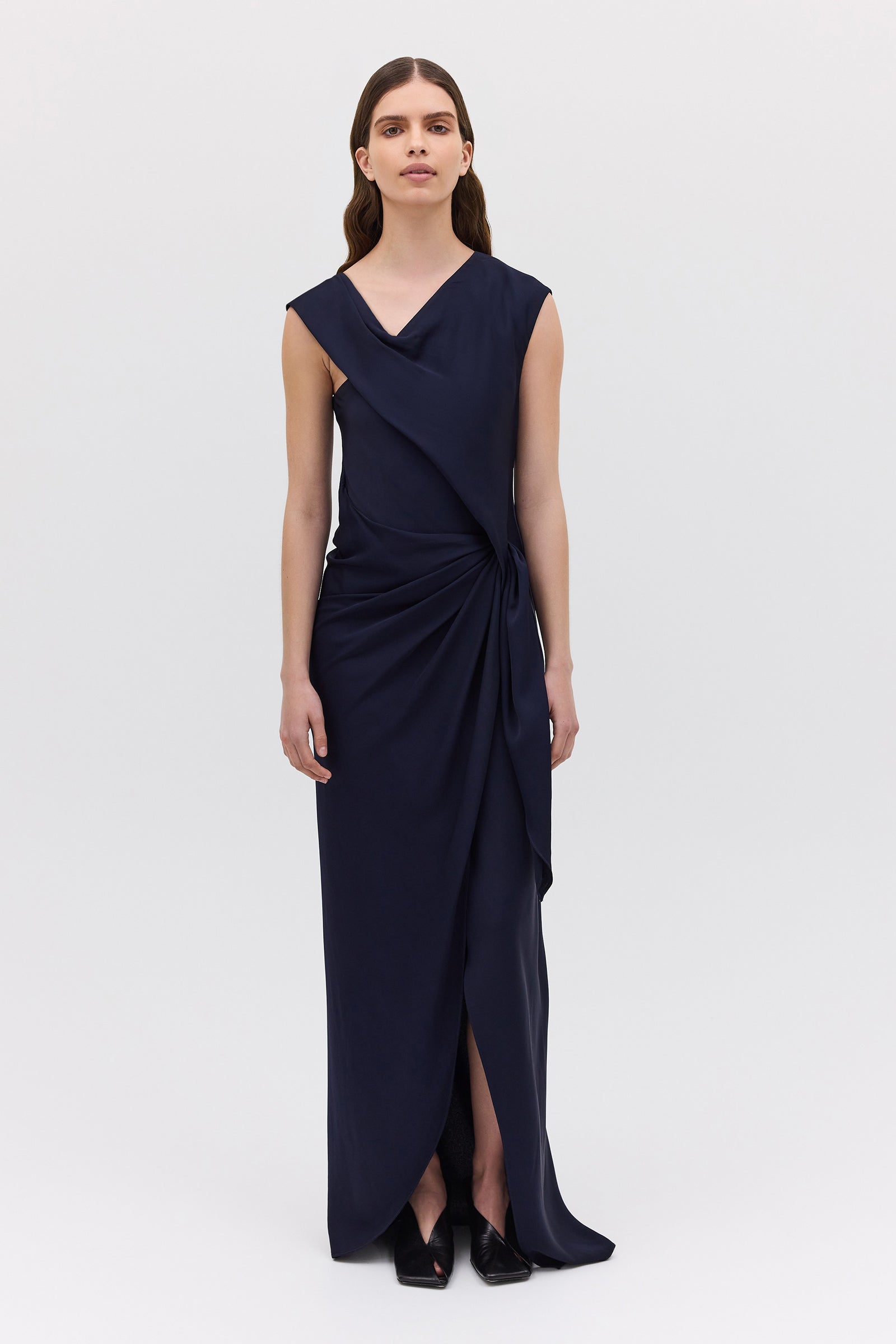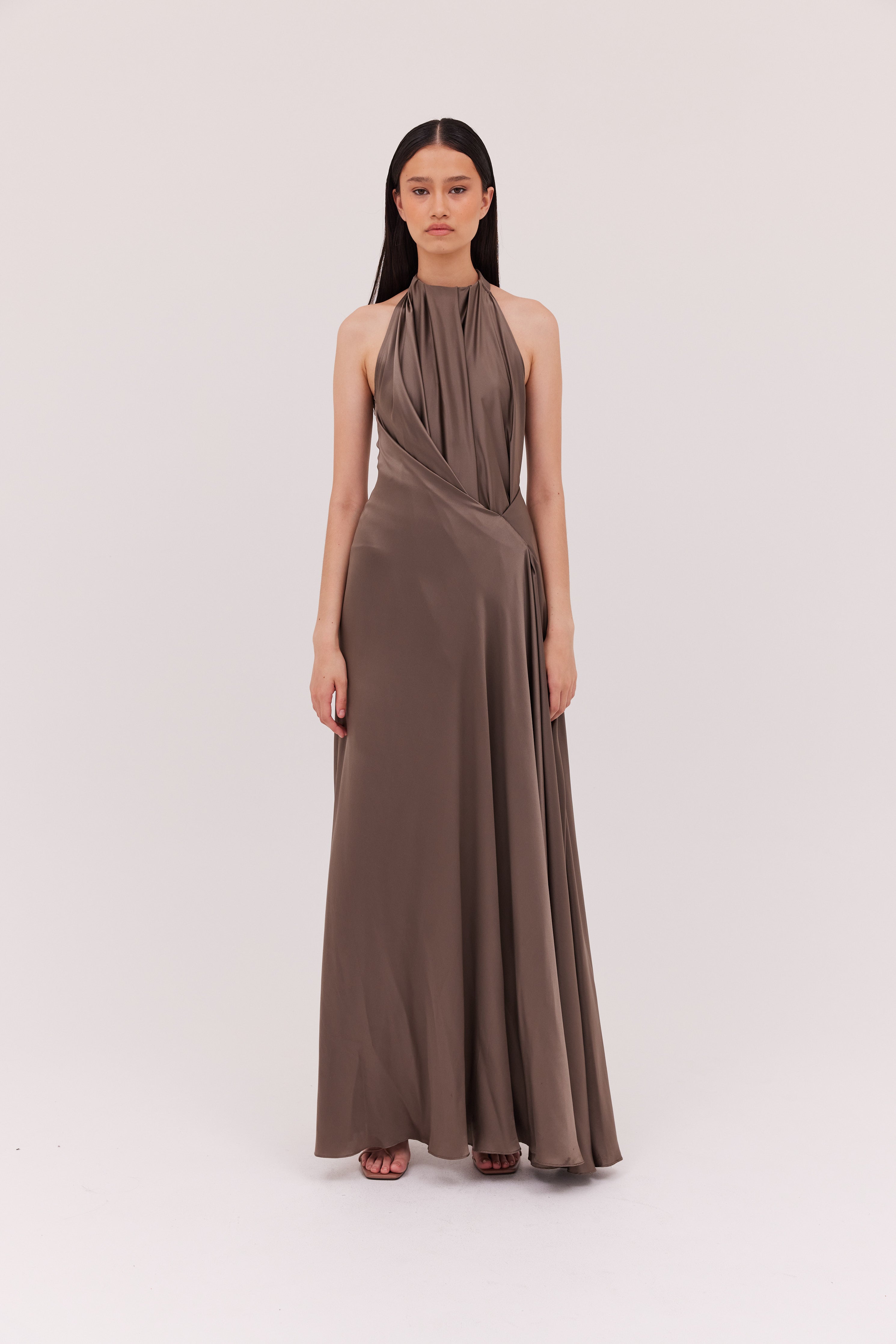
Our Portrait series was created to capture the stories of the incredible women who inspire us. Lucianne Tonti is one such woman, inspiring us to make more conscious decisions through design and to continue to strive for a more sustainable future.
In our latest instalment of the Portrait series, we delve into the story of leading investigative Journalist and award-winning Author, Lucianne Tonti. To us, Lucianne encompasses what it is to be an advocate and a leader, promoting nature-based solutions to complex environmental issues and holding the fashion industry to account.
Scroll on to delve into Lucianne’s journey, focus on natural fibres and some of the ways you can build your wardrobe more consciously.

CAN YOU TELL US A LITTLE ABOUT YOURSELF?
“I am a journalist with expertise in sustainable and regenerative fashion that is driven by my love of the environment. As much as it can, my work focuses on complex natural systems and how they hold the key to solving the climate crisis.”
YOU’RE REGARDED AS A LEADER IN SUSTAINABILITY WITHIN THE FASHION INDUSTRY. WHAT DREW YOU TO BEING SUCH A PROUD ADVOCATE IN THIS SPACE?
“It really all comes back to the loving the natural world and feeling terrified that we might be losing the spaces – the oceans, the forests, the rangelands – that are so beautiful and critical to our survival as human beings. I started writing just after the 2020 bush fires, I was living in Paris at the time. I’ll never forget how it felt to be on a plane flying back to Melbourne knowing that my home was on fire. It was a call to arms.”
WHAT DRIVES YOU TO CONTINUE TO ADVOCATE FOR MORE SUSTAINABLE PRACTICES WITHIN THE FASHION INDUSTRY?
“Well, I love fashion, and I also love nature, so it starts there. The fashion industry is this very unique eco-system, with a lot of complicated environmental impacts: carbon emissions, water pollution, deforestation, huge amounts of waste. But it’s also an industry that has the answers to each of these problems – especially when it comes to natural fibres. We know if we farm natural fibres regeneratively, process them using clean technology and embrace manufacturing that makes higher quality, more durable garments using on demand and made-to-order, we can have an industry that’s good for the planet. That’s something that’s very exciting to me.”
YOU’VE SPOKEN IN YOUR WRITING ABOUT THE POSITIVE IMPACTS OF NATURAL FIBRES. CAN YOU TELL US ABOUT THIS?
“So, the benefits of natural fibres are twofold. The first thing is that we can farm them regeneratively which means, farming them in ways that restore the health of the landscape. No chemical fertilizers or pesticides, no tilling the soil, planting native trees and plants to bring back pollinators, and restoring water cycles. When we do this, we’re restoring the health of the soil which means it sequesters carbon and stores more water which makes it more resilient to fires and floods and it also produces more beautiful fibres (and more nutritious food). The second is that natural fibres make better clothes. Synthetics hold onto stains and smells and don’t breathe so they’re not comfortable which means we’re less likely to keep them and wear them for a long time.”

CAN YOU TALK US THROUGH SOME OF THE QUALITY AND LONGEVITY FACTORS YOU CONSIDER WHEN BUYING INTO FASHION PIECES AND BUILDING YOUR WARDROBE?
“The first thing I look for is natural fibres: cotton, linen, silk, wool, cashmere or hemp. At a pinch I’ll do a tencel or cupro lining. The second thing is the fabric’s hand feel: density, elasticity, drape, smoothness. The third is the seams: neatness, no raw edges, small stiches. Finally, I’m always looking for things that I absolutely love, that I think are so comfortable and beautiful I’m excited to wear them for years and years.”
WHAT ARE SOME WAYS CONSUMERS CAN CREATE POSITIVE ENVIRONMENTAL CHANGE THROUGH THEIR FASHION CHOICES?
“Make the bar for new purchases so high! I read somewhere recently that before you buy anything - ask yourself are these pants a symphony? Have they been made by skilled people who are proud of their work (and are being paid properly for it) and designed by someone with love and creativity? You want to love your clothes so much you care for them, repair them and cherish them. A symphony - seems like the right bar to me.”
WHAT ARE SOME OF YOUR FAVOURITE WAYS TO ENGAGE WITH INSPIRING SUSTAINABILITY CONTENT ON A DAILY BASIS?
“The most inspiring sustainability content is outside - I love the smell of the bush so I will go for a walk where the biggest, tallest trees are. If I’m in Sydney, I’ll go for a swim in the ocean. When neither of those things are an option, I’ll sit in the sun for a few minutes. I also love Substack for sustainability writing: Alden Wicker’s Ecocult, Blackbird Spyplane (who wrote the symphony line) and Tiffanie Darke are favourites (I have one too, called The Line).”
CAN YOU TALK US THROUGH YOUR PERSONAL STYLE? WHAT DESIGN ELEMENTS ARE YOU DRAWN TO?
“My personal style is very clean lines, masculine and oversized. I’m trying to work in some more powerful, feminine elements in as I get older.”

WHAT ARE YOU DRAWN TO ABOUT THE BIANCA SPENDER BRAND?
“Bianca is a woman who carries herself with such great energy, intelligence and charisma. When she walks into a room I always think – wow I want to present like her. The brand embodies that - it’s elegant, architectural, romantic and made from beautiful fabrics.”

Lucianne Tonti, captured at Made For by Bec Martin.
